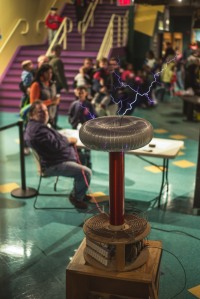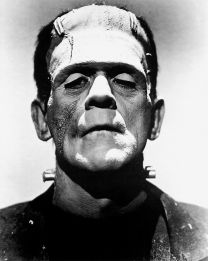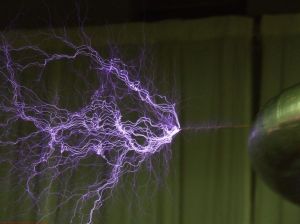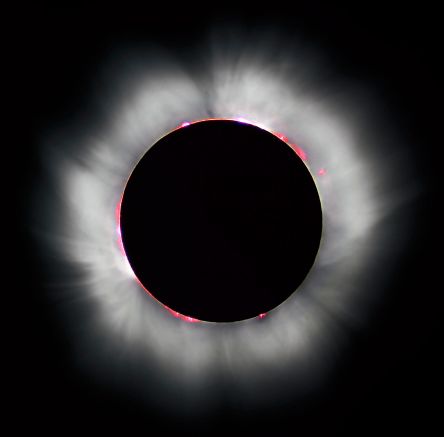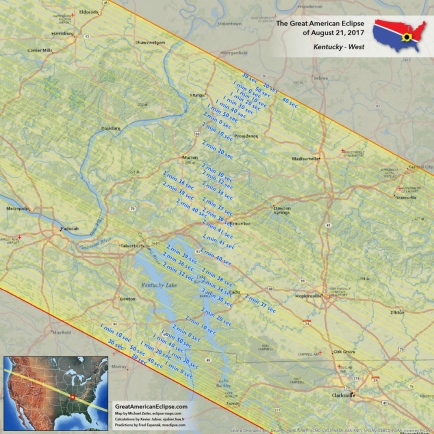ANGELA M. SHAFFER

Are you still searching for the perfect holiday gifts for your friends and family? The Discoveries Gift Shop at the Boonshoft Museum of Discovery offers thousands of educational, fun, and unique items for everyone on your list! Whether you’re searching for hands-on science and robot kits, striking rock and fossil specimens, colorful plush pieces, or even a Star Wars™ Death Star™ serving platter, we’ve got you covered!
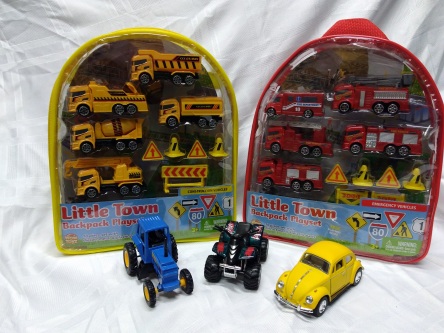 Our knowledgeable, friendly Guest Services staff is always happy to help you choose the perfect gift. Visit us anytime the Museum is open (9 a.m. – 5 p.m. Monday-Saturday and noon-5 p.m. on Sunday); you may shop anytime in the Discoveries Shop without paying general admission.
Our knowledgeable, friendly Guest Services staff is always happy to help you choose the perfect gift. Visit us anytime the Museum is open (9 a.m. – 5 p.m. Monday-Saturday and noon-5 p.m. on Sunday); you may shop anytime in the Discoveries Shop without paying general admission.
Just in time for the busy holiday shopping season, here are some of our most popular items and staff favorites, organized by price. Happy holidays!
Stocking stuffers under $5.00
We have a plethora of fun stocking stuffers at affordable prices. A perennial favorite is astronaut ice cream, in delicious flavors like mint chocolate chip and cinnamon apple wedge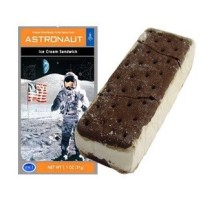 s. Other bestsellers include bright Ty™ plush clips for accessorizing backpacks and jackets, sparkling crack-open geodes and amethyst and citrine specimens, earthy rock and mineral dig kits, slimy Mars mud and Pluto plasma, and slippery water snakes—all priced at $4.99 or less!
s. Other bestsellers include bright Ty™ plush clips for accessorizing backpacks and jackets, sparkling crack-open geodes and amethyst and citrine specimens, earthy rock and mineral dig kits, slimy Mars mud and Pluto plasma, and slippery water snakes—all priced at $4.99 or less!
Stocking stuffers under $10.00
You’ll find lots to of unique plush pieces in the Discoveries Shop, and we carry several smaller pieces, including super-soft otters, meerkats, and sloths. If you’ve got a little one who loves to play with diecast toys, we’ve got those, too, including trains, police cars, planes, and tractors. You can fill a branded drawstring bag with rocks or magnet stones to give to a young geologist, or you can gift a robot claw to a young explorer!
Gifts under $20.00
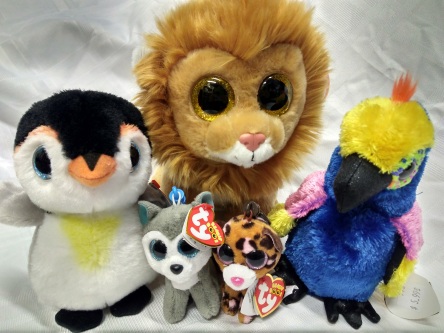 We carry a wide variety of DIY science kits for less than $20.00, so stock up for all of the budding astronomers, paleontologists, and scientists on your list! Just in time the holidays, new Ty Gear™ plush backpacks are available in a variety of styles. You’ll also find ant farms, large plastic dinosaurs, mermaid-and fairy-making kits, and backpacks full of themed diecast toys!
We carry a wide variety of DIY science kits for less than $20.00, so stock up for all of the budding astronomers, paleontologists, and scientists on your list! Just in time the holidays, new Ty Gear™ plush backpacks are available in a variety of styles. You’ll also find ant farms, large plastic dinosaurs, mermaid-and fairy-making kits, and backpacks full of themed diecast toys!
Gifts under $50.00
For less than $50.00, there are several truly unique options in the Discoveries Shop. The Inclocknito and Spy Science Money Safe kits allow kids to keep their treasures safe, while our brand-new Scientific Robot kit offers many experiments and learning opportunities in one convenient package. Dinosaur table lamps offer a cool way to light up the night, and impressive pizza and space station playsets will bring hours of imaginative play to the creative kids on your list. And don’t forget the large Ty™ Beanie Boos™ and Beanie Babies™, which promise hours of colorful cuddling fun!
$50.00, there are several truly unique options in the Discoveries Shop. The Inclocknito and Spy Science Money Safe kits allow kids to keep their treasures safe, while our brand-new Scientific Robot kit offers many experiments and learning opportunities in one convenient package. Dinosaur table lamps offer a cool way to light up the night, and impressive pizza and space station playsets will bring hours of imaginative play to the creative kids on your list. And don’t forget the large Ty™ Beanie Boos™ and Beanie Babies™, which promise hours of colorful cuddling fun!
Adults
 What do you buy for the guy or gal who has everything? A Bigfoot action figure or scarf, of course, or perhaps Star Wars™ salt-and-pepper shakers or that Death Star™ serving platter! Pass the time by completing a puzzle featuring the periodic table of the elements or beautiful gemstones; keep the time with a cool galaxy-print (or, yes, Star Wars™-themed) wall clock. Cozy socks in a variety of fun animal designs help keep cold winter feet warm; cold winter mornings are made a little more bearable when hot coffee or tea is sipped from a handwarmer animal mug. And office work always goes a little faster when you have a woodpecker stapler or otter tape dispenser by your side.
What do you buy for the guy or gal who has everything? A Bigfoot action figure or scarf, of course, or perhaps Star Wars™ salt-and-pepper shakers or that Death Star™ serving platter! Pass the time by completing a puzzle featuring the periodic table of the elements or beautiful gemstones; keep the time with a cool galaxy-print (or, yes, Star Wars™-themed) wall clock. Cozy socks in a variety of fun animal designs help keep cold winter feet warm; cold winter mornings are made a little more bearable when hot coffee or tea is sipped from a handwarmer animal mug. And office work always goes a little faster when you have a woodpecker stapler or otter tape dispenser by your side.
Visit the Discoveries Gift Shop today and let us help you choose the perfect holiday gifts!
Angela M. Shaffer is the Senior Manager, Guest Services and Database Management at the Boonshoft Museum of Discovery.
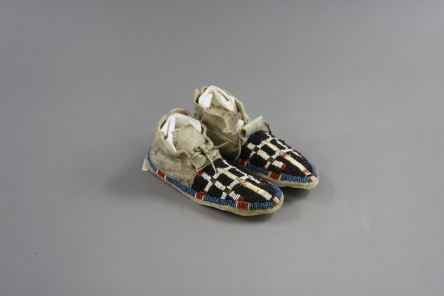
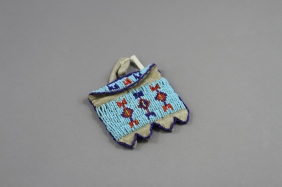

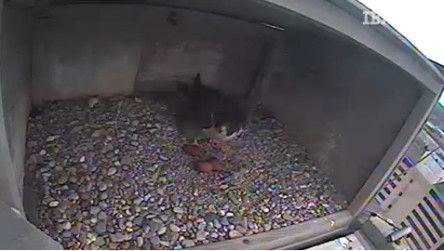
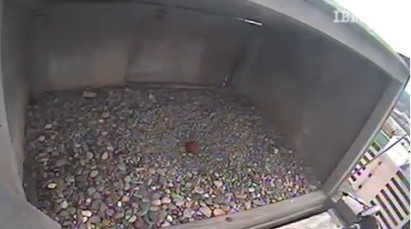
 member of a pioneering and influential family in the community. Gunckel’s father, Oliver I. Gunckel was considered a “man of affluence in Dayton” and “represented one of the old pioneer families” of the region. His grandfather and namesake, George W. Gunckel, at the age of 83, was depicted as the second oldest pioneer resident in the Village of Germantown in the Dayton Daily News on August 2, 1904. His death in 1909 was documented “as the last [member] of this famous family, which has done so much for Montgomery County.”
member of a pioneering and influential family in the community. Gunckel’s father, Oliver I. Gunckel was considered a “man of affluence in Dayton” and “represented one of the old pioneer families” of the region. His grandfather and namesake, George W. Gunckel, at the age of 83, was depicted as the second oldest pioneer resident in the Village of Germantown in the Dayton Daily News on August 2, 1904. His death in 1909 was documented “as the last [member] of this famous family, which has done so much for Montgomery County.”
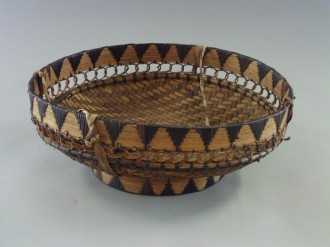

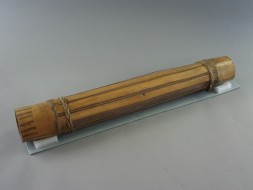
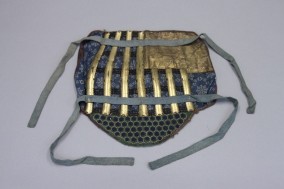


 Our knowledgeable, friendly Guest Services staff is always happy to help you choose the perfect gift. Visit us anytime the Museum is open (9 a.m. – 5 p.m. Monday-Saturday and noon-5 p.m. on Sunday); you may shop anytime in the Discoveries Shop without paying general admission.
Our knowledgeable, friendly Guest Services staff is always happy to help you choose the perfect gift. Visit us anytime the Museum is open (9 a.m. – 5 p.m. Monday-Saturday and noon-5 p.m. on Sunday); you may shop anytime in the Discoveries Shop without paying general admission. s. Other bestsellers include bright Ty™ plush clips for accessorizing backpacks and jackets, sparkling crack-open geodes and amethyst and citrine specimens, earthy rock and mineral dig kits, slimy Mars mud and Pluto plasma, and slippery water snakes—all priced at $4.99 or less!
s. Other bestsellers include bright Ty™ plush clips for accessorizing backpacks and jackets, sparkling crack-open geodes and amethyst and citrine specimens, earthy rock and mineral dig kits, slimy Mars mud and Pluto plasma, and slippery water snakes—all priced at $4.99 or less! We carry a wide variety of DIY science kits for less than $20.00, so stock up for all of the budding astronomers, paleontologists, and scientists on your list! Just in time the holidays, new Ty Gear™ plush backpacks are available in a variety of styles. You’ll also find ant farms, large plastic dinosaurs, mermaid-and fairy-making kits, and backpacks full of themed diecast toys!
We carry a wide variety of DIY science kits for less than $20.00, so stock up for all of the budding astronomers, paleontologists, and scientists on your list! Just in time the holidays, new Ty Gear™ plush backpacks are available in a variety of styles. You’ll also find ant farms, large plastic dinosaurs, mermaid-and fairy-making kits, and backpacks full of themed diecast toys! $50.00, there are several truly unique options in the Discoveries Shop. The Inclocknito and Spy Science Money Safe kits allow kids to keep their treasures safe, while our brand-new Scientific Robot kit offers many experiments and learning opportunities in one convenient package. Dinosaur table lamps offer a cool way to light up the night, and impressive pizza and space station playsets will bring hours of imaginative play to the creative kids on your list. And don’t forget the large Ty™ Beanie Boos™ and Beanie Babies™, which promise hours of colorful cuddling fun!
$50.00, there are several truly unique options in the Discoveries Shop. The Inclocknito and Spy Science Money Safe kits allow kids to keep their treasures safe, while our brand-new Scientific Robot kit offers many experiments and learning opportunities in one convenient package. Dinosaur table lamps offer a cool way to light up the night, and impressive pizza and space station playsets will bring hours of imaginative play to the creative kids on your list. And don’t forget the large Ty™ Beanie Boos™ and Beanie Babies™, which promise hours of colorful cuddling fun! What do you buy for the guy or gal who has everything? A Bigfoot action figure or scarf, of course, or perhaps Star Wars™ salt-and-pepper shakers or that Death Star™ serving platter! Pass the time by completing a puzzle featuring the periodic table of the elements or beautiful gemstones; keep the time with a cool galaxy-print (or, yes, Star Wars™-themed) wall clock. Cozy socks in a variety of fun animal designs help keep cold winter feet warm; cold winter mornings are made a little more bearable when hot coffee or tea is sipped from a handwarmer animal mug. And office work always goes a little faster when you have a woodpecker stapler or otter tape dispenser by your side.
What do you buy for the guy or gal who has everything? A Bigfoot action figure or scarf, of course, or perhaps Star Wars™ salt-and-pepper shakers or that Death Star™ serving platter! Pass the time by completing a puzzle featuring the periodic table of the elements or beautiful gemstones; keep the time with a cool galaxy-print (or, yes, Star Wars™-themed) wall clock. Cozy socks in a variety of fun animal designs help keep cold winter feet warm; cold winter mornings are made a little more bearable when hot coffee or tea is sipped from a handwarmer animal mug. And office work always goes a little faster when you have a woodpecker stapler or otter tape dispenser by your side.